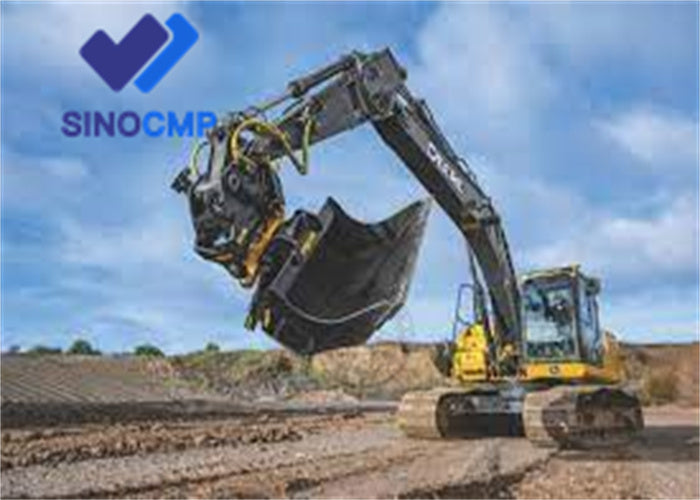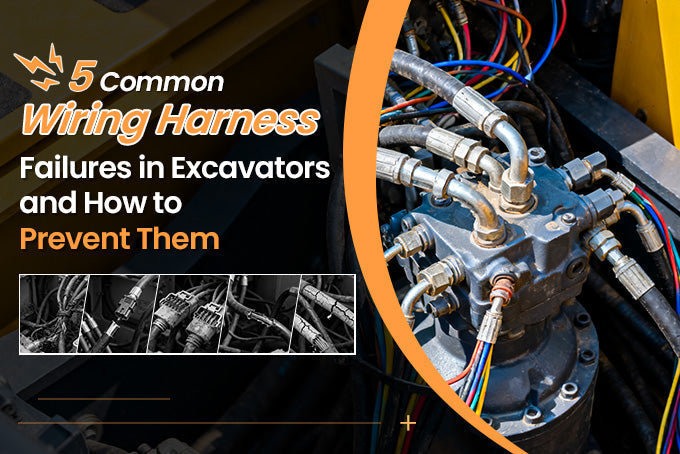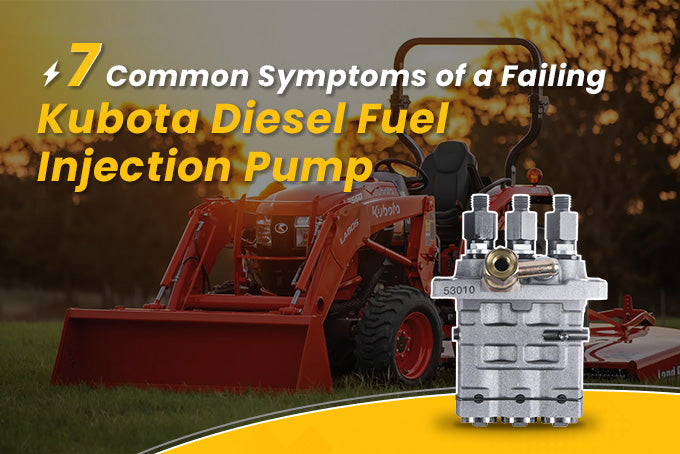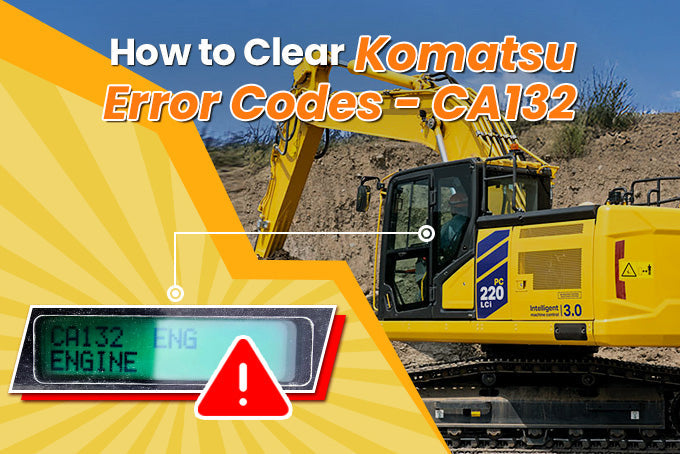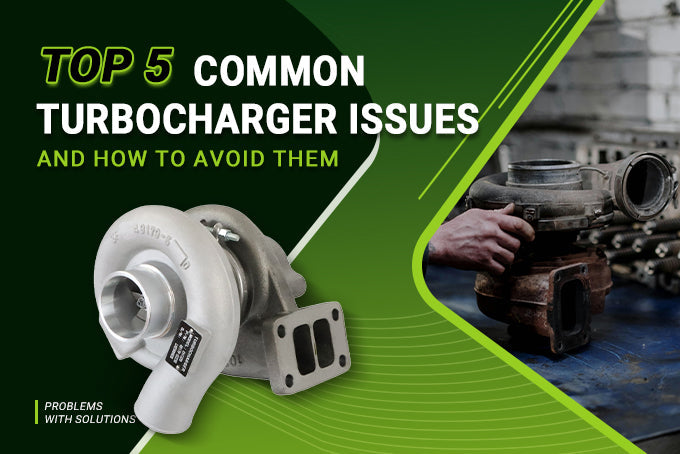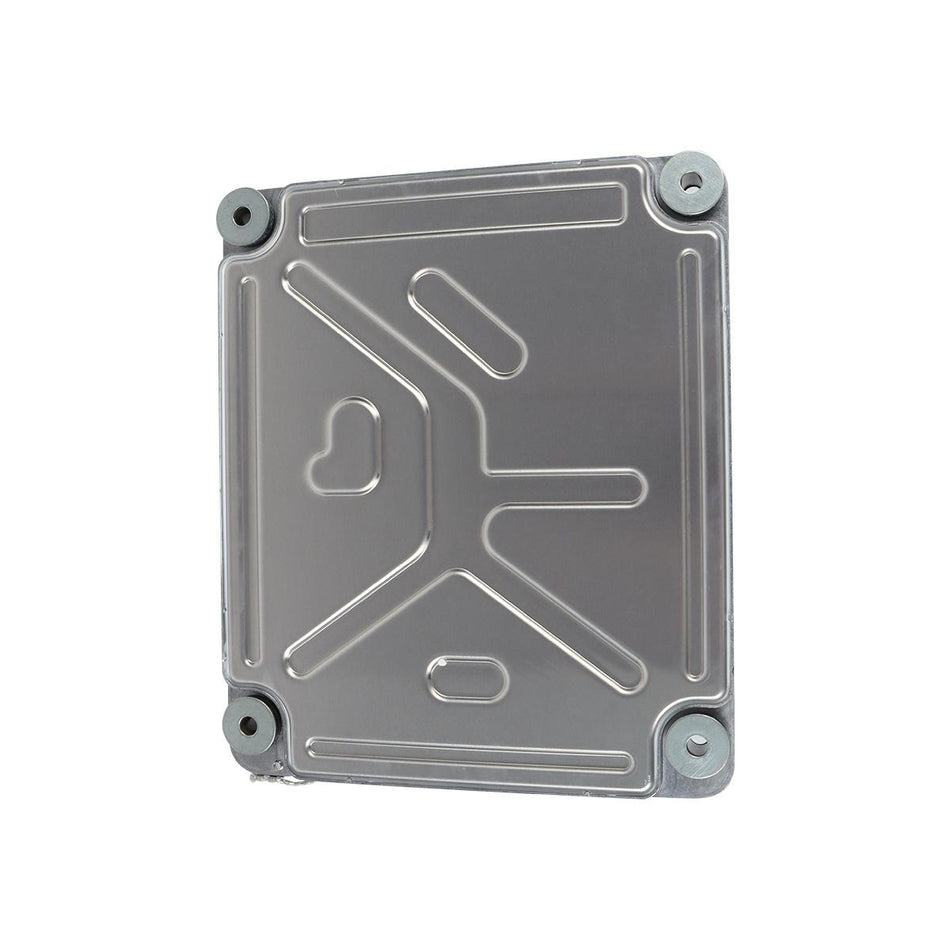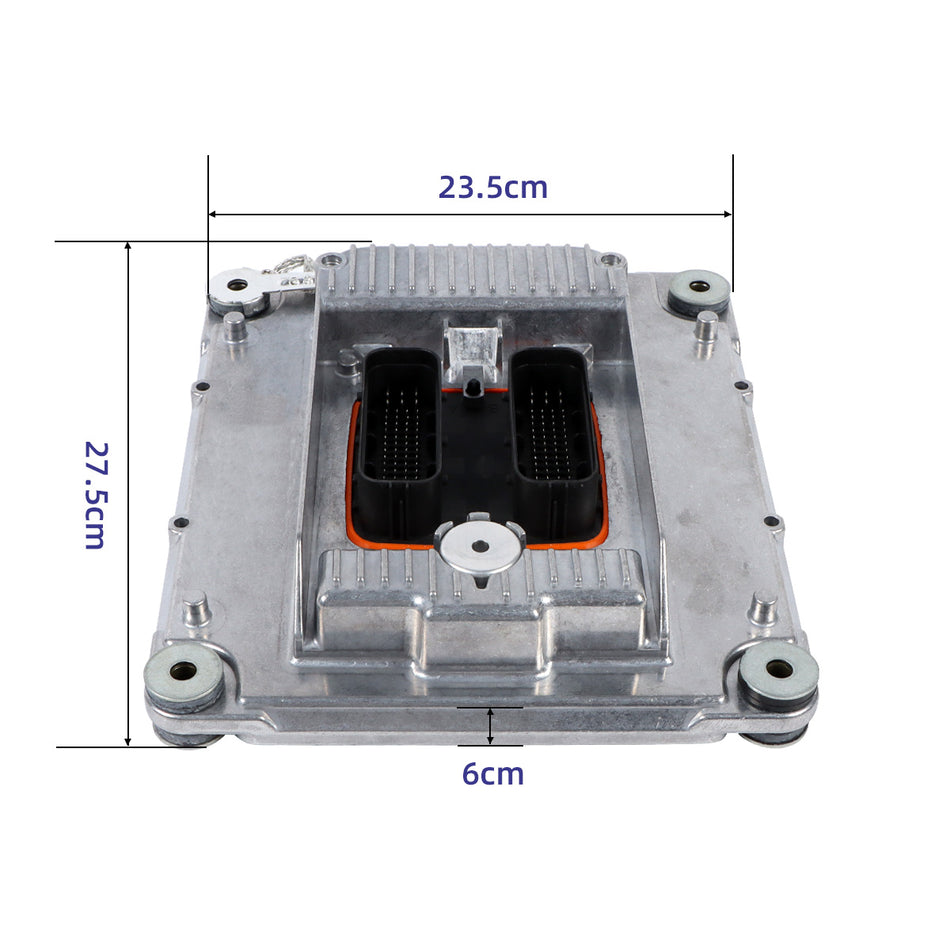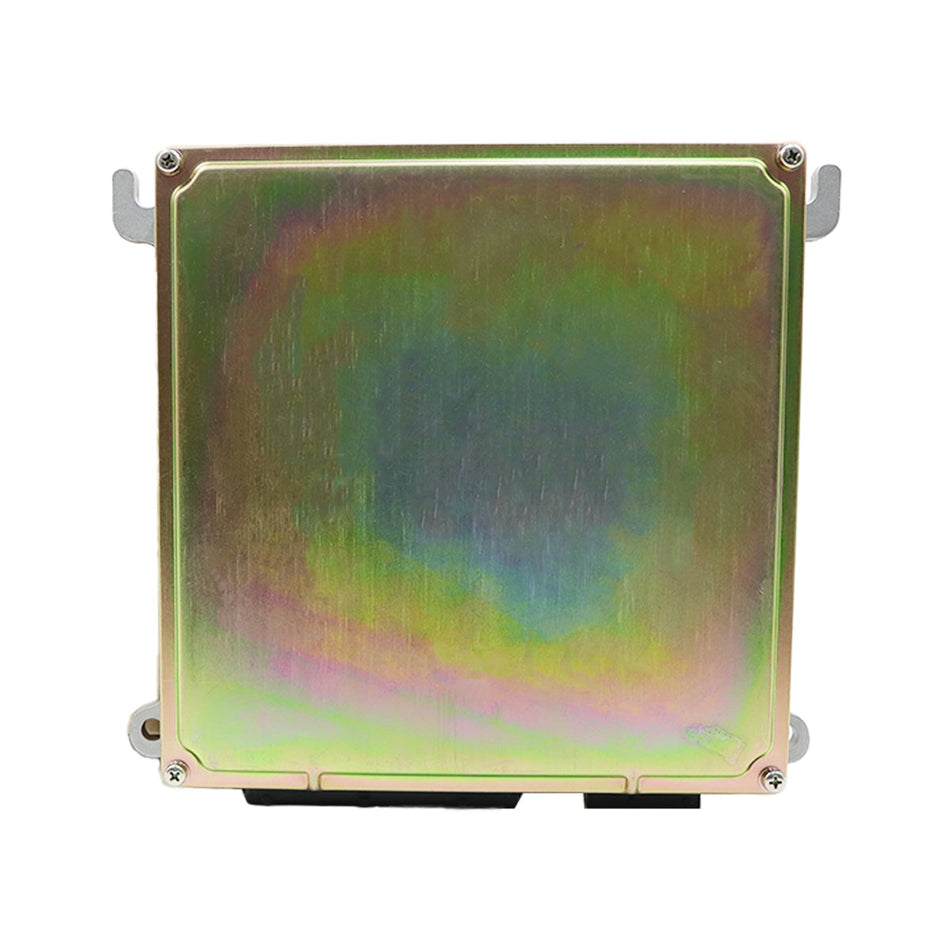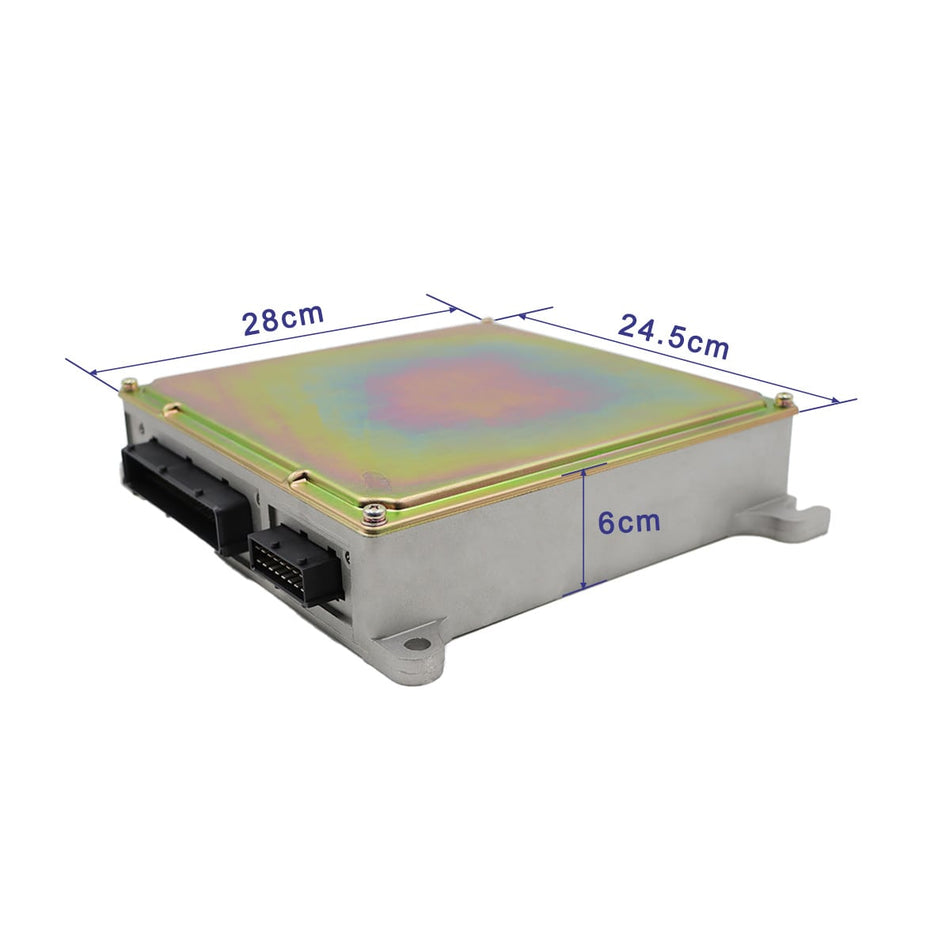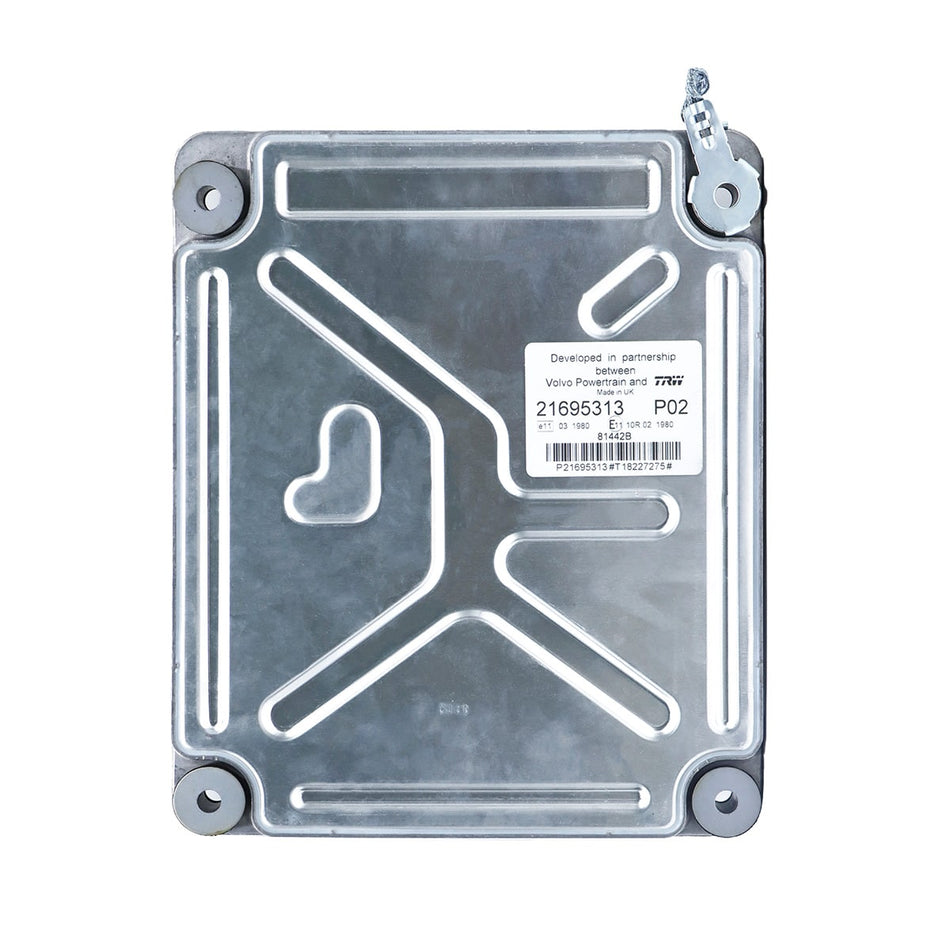Excavator fault diagnosis and maintenance is a difficult and complicated task. In the process of fault handling, when confirming and optimizing various fault hypotheses, the following principles should be noted:
1. Principle of simplicity
When looking for faults, it should be analyzed from simple and easy-to-handle faults, from simple to complex. Most modern excavators are machine-electric-liquid integrated products with high technical content. When dealing with faults, we usually check the electrical system first. Check the hydraulic system again, and finally check the mechanical transmission system. When checking the hydraulic system, check the auxiliary oil circuit, control oil circuit, main oil circuit and key components in order. Do not disassemble and disassemble as soon as you encounter a fault, so as not to expand the fault or cause a new accident
2. Probabilistic principle
It refers to the principle of merit based on the probability of the establishment of various fault hypotheses. According to the time and space conditions of the machine, the structure of the machine and related obstacles, combined with the maintenance experience, the most likely fault hypothesis is given priority. The mastery of a principle directly reflects the quality and level of maintenance personnel.
3. Benefit principle
That is to give priority to those failure hypotheses and confirmation methods that can be confirmed as soon as possible, the damage to the entire machine or system is minimal, the tools, means, and funds are the most trouble-free failure hypothesis.
4. Cautious slow hand principle
Require fault diagnosis and maintenance personnel to think hard, give full play to subjective initiative, safety first, do not arbitrarily adjust or disassemble parts that should not be easily adjusted or disassembled, especially those parts that are unfamiliar, difficult to confirm or difficult to restore after adjustment, such as Pressure valves, throttle valves, etc. for hydraulic systems.


